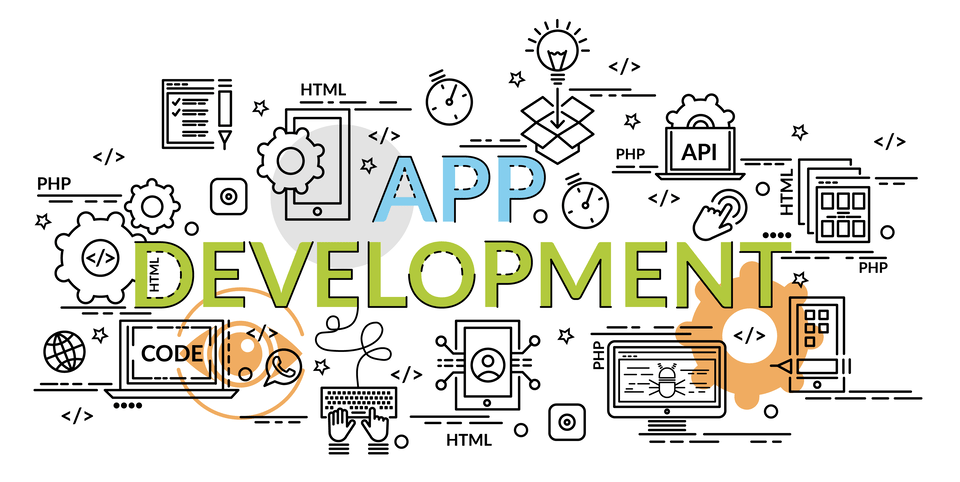Once the tester has identified a potential risk and wants to figure out how serious it is, the first
step is to estimate the “likelihood”. At the highest level, this is a rough measure of how likely this
particular vulnerability is to be uncovered and exploited by an attacker. Generally, identifying whether the likelihood is low, medium, or high
is sufficient. In the sections below, the factors that make up “likelihood” and “impact” for application security are
broken down.

The practice must be committed to a team-based approach that values the input of nonphysicians and a commitment to developing and adhering to structured workflows and processes. Assess the hazards and risks in your workplace and implement an effective control program. Of the three matrix sizes, the 5×5 format allows EHS professionals to conduct risk assessments with the most detail and clarity. Vector EHS Management Software empowers organizations – from global leaders to local businesses – to improve workplace safety and comply with environmental, health, and safety regulations. You can weight the factors to emphasize
the factors that are more significant for the specific business. This makes the model a bit more complex, as
the tester needs to use a weighted average.
What are the drawbacks to using a 5×5 risk matrix?
On the other hand, because the 3×3 matrix has a basic design it’s open to errors. For that reason, it might become difficult to truly determine where the boundary between acceptable and unacceptable lies. In addition, with a 3×3 matrix, there are only three categories of risks — low, medium and high. For complex hazards or projects, a 4×4 or 5×5 matrix may be more appropriate, as they allow for more nuanced risk assessments.

Information about NIMH, research results, summaries of scientific meetings, and mental health resources. Assessing the health risk of your patients can yield improvements in efficiency and use of resources. Managers and supervisors have front-line responsibility to protect workers and keep the workplace safe. Learn how to recognize hazards and take effective preventive actions to prevent injuries and foster a safety culture at your workplace. These risks are expressed as a probability or likelihood of developing a disease or getting injured, whereas hazard refers to the agent responsible (i.e. smoking). Thomas, Bratvold, and Bickel[16] demonstrate that risk matrices produce arbitrary risk rankings.
INCORPORATING RISK STRATIFICATION IN YOUR PRACTICE WORKFLOW
Each MRL is subject to change as new information becomes available concomitant with updating the toxicological profile of the substance. MRLs in the most recent toxicological profiles supersede previously published levels. It may take some extra time, but it is important to incorporate the care team’s perception of risk.
- Team meetings by the PI and his/her staff will be conducted on a routine basis to discuss protocol issues and review adverse events.
- The goal here is to estimate the
likelihood of the particular vulnerability involved being discovered and exploited. - Once the tester has identified a potential risk and wants to figure out how serious it is, the first
step is to estimate the “likelihood”. - However, consider that the patient had an A1C of 12 earlier in the year but has since begun exercising, lost 30 pounds, and started taking his or her medication as prescribed.
- For complex hazards or projects, a 4×4 or 5×5 matrix may be more appropriate, as they allow for more nuanced risk assessments.
- This is not a true level, it is used when there to represent that we do not have enough data to correctly assess the level (i.e. data collection work is required).
- To reduce risk, an organization needs to apply resources to minimize, monitor and control the impact of negative events while maximizing positive events.
As part of the Comprehensive Primary Care Plus program, we get detailed utilization data on enrolled patients. Between the second quarter of 2017, when we began risk stratification, and the third quarter of 2018, overall Medicare spending on those patients decreased almost 23 percent and their ED utilization fell 19 percent. In family medicine, we manage patients with conditions that vary widely in their medical complexity.
Will exposure to hazards in the workplace always cause injury, illness or other adverse health effects?
See also Assessing Security Risk for an introduction to risk and our processes related to
risk. Once the hazard is removed or eliminated, the effects may be reversible or irreversible (permanent). For example, a hazard may cause an injury that can heal completely (reversible) or result in an untreatable disease (irreversible). The probability of harm occurring might be categorized as ‘certain’, ‘likely’, ‘possible’, ‘unlikely’ and ‘rare’.

Risks pose real-time threats, and you have to be able to make informed decisions to mitigate them quickly. Trying to manage assessments using paper and spreadsheets is unwieldy and limits participation. Using safety management software (like Vector EHS!), you can continually update and easily modify your risk matrix to meet your specific operational needs. Should an entire company employ a single common risk assessment matrix or should each department have its own specific one? Ultimately, it’s best for an organization to be able to adjust the size and design of its risk matrix as needed.
What are the drawbacks of using a 3×3 risk matrix?
If it is necessary to defend the ratings or make them repeatable, then it is necessary to go through a
more formal process of rating the factors and calculating the result. Remember that there is quite a
lot of uncertainty in these estimates and that these factors are intended to help the tester arrive
at a sensible result. This process can be supported by automated tools to make the calculation easier.
Each requires a different amount of resources, depending on that complexity. The risk levels also represent a simplified ISO equivalent (and are non-compliant roi of implementing ai with ISO 31000). These levels
are also used to display importance, effort, risk impact, risk probability and any risk related level.
What are the benefits of using a 5×5 risk matrix?
NIMH videos and podcasts featuring science news, lecture series, meetings, seminars, and special events. Details about upcoming events—including meetings, conferences, workshops, lectures, webinars, and chats—sponsored by NIMH. Find the latest NIH and NIMH policies, guidance, and resources for clinical research. The Division of Intramural Research Programs (IRP) is the internal research division of the NIMH.

Although human data are preferred, MRLs often must be based on animal studies because relevant human studies are lacking. In the absence of evidence to the contrary, ATSDR assumes that humans are more sensitive than animals to the effects of hazardous substances that certain persons may be particularly sensitive. Thus the resulting MRL may be as much as a hundredfold below levels shown to be nontoxic in laboratory animals. When adequate information is available, physiologically based pharmacokinetic (PBPK) modeling and benchmark dose (BMD) modeling have also been used as an adjunct to the NOAEL/UF approach in deriving MRLs. Greater than Minimal Risk to subjects means that the probability and magnitude of harm or discomfort anticipated in the research risks are more than minimal risk, but not significantly greater.
Classification Examples for Medium Risk Applications
Over 40 research groups conduct basic neuroscience research and clinical investigations of mental illnesses, brain function, and behavior at the NIH campus in Bethesda, Maryland. Learn more about NIMH newsletters, public participation in grant reviews, research funding, clinical trials, the NIMH Gift Fund, and connecting with NIMH on social media. If you or someone you know has a mental illness, there are ways to get help.
By multiplying a hazard‘s probability and severity values, you can calculate the acceptability level of its risk. For more information on how to perform a risk assessment, see our more detailed guide. In the following blog article, we break down the three most popular sizes of a risk matrix — 3×3, 4×4, and 5×5 — and reveal the pros and cons of each. You’ll also learn about tools to leverage to continuously improve your risk assessments.
What are the benefits of using a 3×3 risk matrix?
The purpose of this guidance document is to clarify risk level definitions and the NIMH’s monitoring expectations to mitigate those risks. We have found that combining objective data and subjective input allows us to better assess a patient’s risk level. For example, a patient with diabetes whose A1C is 9.2 could be categorized as high risk. However, consider that the patient had an A1C of 12 earlier in the year but has since begun exercising, lost 30 pounds, and started taking his or her medication as prescribed.
Leave a Reply